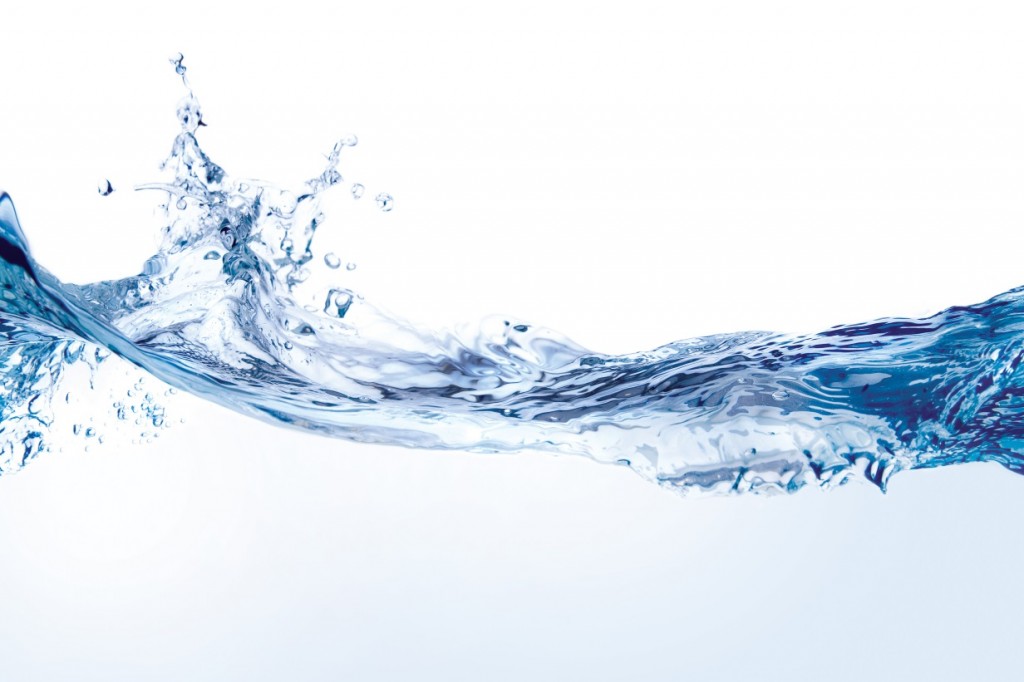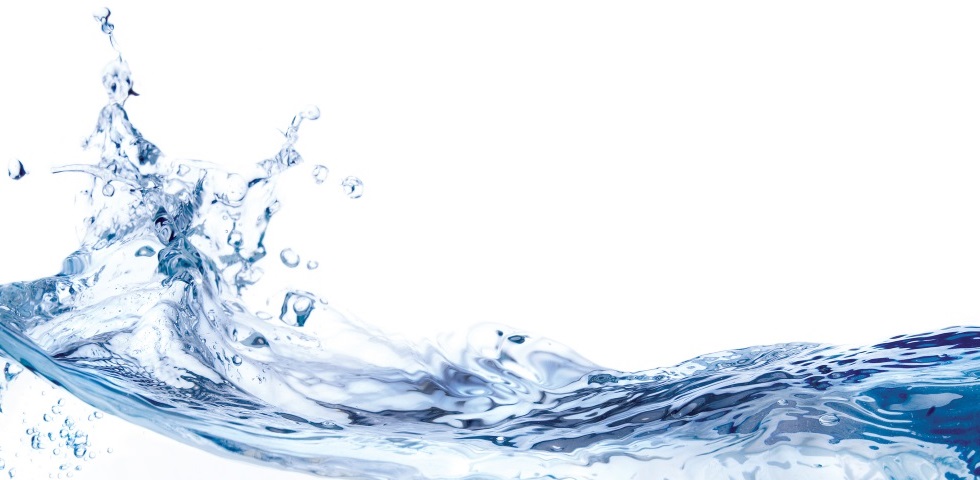
Waterless, or Rinseless, washing is not a relatively new technology however, it is still unfamiliar territory for many. You may ask yourself; What is it? When do I use it? How do I use it? Why should I use it? Let’s clear all of that confusion up and shed some light on the situation.
First of all what is waterless washing? This is the method of washing a car without the use of a traditional hose and two bucket method. That is where the name waterless comes from, which means you use much less water, not that there is an absence of water. The water helps with lubrication but acts mainly as a carrier, much like water based tire dressings. In water based tire dressings the “dressing”, which is what changes the look of the rubber, is suspended in the water. The water allows the product to be applied easily and then simply evaporates, leaving behind the “dressing”. In a waterless wash system, the same idea is present. The water carries the solution and evaporates leaving behind the protection.
So what do I do?
First, let’s start with the process of completing a waterless wash properly. This is normally done one of two ways. The first method is more along the lines of a traditional two bucket method. Fill one bucket with a few gallons of your waterless wash/water solution and have a second bucket of just clean water with grit guards in both buckets. You then pre-soak either a few high pile microfiber towels. The high pile works best at picking up the contaminants. You then simply grab a towel, wring it out a little, fold it in fours and begin to clean the panel. Go in straight line motions from top to bottom; constantly check your towels and flip to clean sides. Then remove the excess with a dry microfiber towel, waffle weave towels work best. Once all sides of that towel are contaminated dunk the towel into the rinse bucket to remove contaminates, just like you would a wash pad in a regular wash. Put it back into your waterless wash/water solution and continue the process.
The second method is to have only one bucket with your waterless wash/water solution, about 3 gallons is fine. You then need about 6-8 high pile microfiber towels. Pre-soak all of the towels in the solution, then you simply grab a towel, wring it out a little, fold it in fours and begin to clean the panel. Then remove the excess with a dry microfiber towel, waffle weave towels work best. In this method once all sides of that towel are contaminated put it to the side and grab a new towel form the solution. A rinse bucket is not needed in this method because the contaminated towel is never re-introduced to the waterless wash/water solution so the solution is never contaminated. Either method works fine, pick what works best for you.
Always pre-soak the panel you will be cleaning!
That’s all well and good but how does it clean without scratching my paint?
Waterless wash cleans via an emulsion process, meaning that as the product comes in contact with the contaminants it absorbs them into the solution, which is then deposited onto your wash medium, in this case a microfiber towel. It works much like a normal shampoo in that sense, but has a significantly higher concentration of slickening agents to compensate for the lack of extra liquid, aka water, that protect your paint from the removal of the contaminants. The product emulsifies the contaminants so they are no longer directly on the paint, rather suspended in the product.
With all of that said, there are limitations to what a waterless/rinseless wash can do. That emulsification process can only suspend contamination to a certain extent. Going back to the jello example, imagine you put a rock inside of the jello. That rock would not stay suspended in the jello because it would be too heavy for that “barrier” to contain. The same applies with a heavily soiled car and waterless wash. While you may remove the dirt extremely effectively, the particles will simply not be able to be contained by the “barrier” and you may induce marring. If you do have heavy dirt you can simply hose the vehicle down with a pressure wash/hose to knock off those larger contaminants, and do the waterless after that. While this does require the use of more water, it still greatly reduces the overall amount of water necessary.
